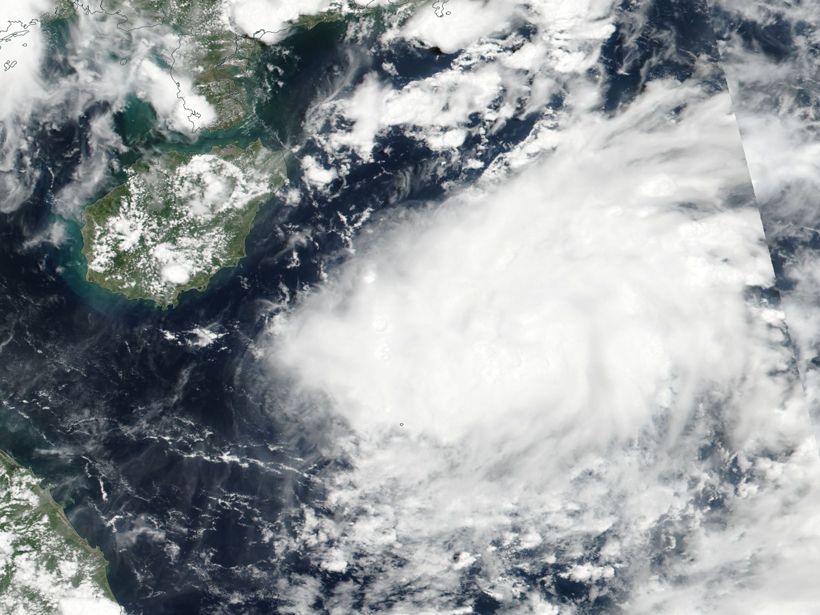Source: Journal of Geophysical Research: Biogeosciences
To fully understand how the oceans regulate carbon concentrations in the atmosphere, scientists must have detailed knowledge of the marine carbon cycle. A large amount of the carbon emitted from human activities, such as burning fossil fuels, eventually enters the ocean. Some cycles back into the atmosphere relatively quickly (on a timescale of several hundred years), and some sinks down to the seafloor and below before being resurfaced by volcanic activity thousands to millions of years later.
A key link in this cycle is organic matter—material from living or formerly living organisms—that has been dissolved, usually by fire or some kind of heat. Studying this substance, called dissolved black carbon, can tell us a lot about the marine carbon cycle, especially over long periods of time. However, dissolved black carbon is not especially well understood because of sparse data sets across the ocean.
To fill in the gaps, Fang et al. looked at 86 seawater samples in the western South China Sea. The researchers sought to investigate the source and fate of dissolved black carbon in these samples, collected during the prevailing season of the southwest monsoon in southern Asia, which is when the major wind system in this region results in the majority of precipitation.
The researchers used a common method for isolating substances from soil or water samples. They oxidized the seawater samples, transforming the dissolved black carbon into a chemical called benzene polycarboxylic acid, which they could then measure. They found that the concentrations of dissolved black carbon in these samples ranged from about 0.49 to 1.6 units per liter (on average, about 0.95 unit per liter).
The researchers noticed that one region in particular, the Mekong River plume, had higher concentrations of dissolved black carbon in its mixed layer—a layer of seawater about 9–30 meters deep that has a fairly uniform temperature, salinity, and density—compared to its other layers.
The marine carbon cycle is deeply important to human life, as the oceans absorb nearly half of all carbon emitted into the atmosphere, and at least half of the oxygen in the air we breathe is generated by marine plants. By demonstrating an effective way to measure dissolved black carbon and drawing insight from those measurements, this study is an important step toward understanding both the marine and global carbon cycles. (Journal of Geophysical Research: Biogeosciences, https://doi.org/10.1002/2017JG004014, 2017)
—Sarah Witman, Freelance Writer
Citation:
Witman, S. (2017), Plumbing the depths of the marine carbon cycle, Eos, 98, https://doi.org/10.1029/2017EO086993. Published on 21 November 2017.
Text © 2017. The authors. CC BY-NC-ND 3.0
Except where otherwise noted, images are subject to copyright. Any reuse without express permission from the copyright owner is prohibited.

